Ever wonder how freestyle skiers make flips and spins look effortless? It’s all about technique, practice, and the right gear. Short skis, like Snowfeet Skiblades and Skiskates, are a game-changer for pulling off tricks. Here’s why:
- Better Control: Short skis respond faster to movements, making spins, jumps, and quick turns easier.
- Easier Landings: Their compact size reduces the risk of catching an edge, so landings feel smoother.
- Beginner-Friendly: Lightweight and simple to handle, they’re perfect for learning freestyle basics.
- Portable: Toss them in a backpack - no bulky gear required.
Freestyle skiing blends skill and self-expression, and short skis let you master moves faster while having more fun on the slopes. Whether you're carving, spinning, or hitting jumps, these skis make it all feel doable. Ready to try? Let’s dive in!
10 Freestyle Ski Drills for Beginner To Advanced Skiers
Pro Techniques: The Secrets Behind Easy-Looking Tricks
Ever wonder how professional freestyle skiers make those jaw-dropping tricks look so smooth? It all comes down to nailing the basics. Pros focus on body mechanics, balance, and syncing with their gear to create moves that seem effortless.
Basic Skills: Carving, Turns, and Jumps
Freestyle skiing starts with two core skills: carving and quick turns. For carving, pros lean their bodies into the turn and press their ski edges firmly into the snow. Meanwhile, their upper body stays balanced, countering the forces created during the turn. The result? Smooth, flowing arcs that require razor-sharp edge control.
Quick turns, on the other hand, rely on lower body movement. Pros keep their legs active while their upper body remains steady - perfectly demonstrated with short skis like Snowfeet Skiblades at 65 cm.
When it comes to jumps, the same principles apply. Flexible joints are the secret to controlled takeoffs and landings, making it easier to weave aerial moves into your routine.
Mastering these basics lays the groundwork for balance and body control, which we’ll dive into next.
Balance and Body Position Basics
Good body positioning is the backbone of advanced skiing. Start with your skis hip-width apart and parallel. Bend your ankles, knees, and hips evenly. Shift your weight onto your downhill ski while leaning your upper body slightly toward the valley. Keep your arms bent and relaxed at your sides.
Joint alignment is key here. Staying flexible allows you to adapt quickly to uneven terrain. Since your upper body makes up about 65% of your total mass, it’s crucial to keep it steady and centered over the ski section where you’re applying pressure.
Flexibility plays a huge role. Pros keep their joints loose and ready to absorb unexpected bumps in the snow. Long skis can exaggerate even small movements, but shorter skis - like Snowfeet Skiblades - offer quicker feedback, making it easier to stay balanced.
A steady upper body is critical for control. Professionals lean slightly toward the valley and over their downhill ski, avoiding excessive rotation that can throw off turns. They also lean forward, pressing their shins against their ski boots to maintain control and prevent falling backward. Keeping both arms slightly forward helps create a stable, balanced platform.
How Short Skis Make Advanced Tricks Easier
Once you’ve got the basics down, short skis can take your skills to the next level. Skis like Snowfeet Skiblades at 65 cm are lighter and more responsive than traditional long skis. They engage edges instantly and are forgiving if you make a small mistake.
For even greater agility, Snowfeet Skiskates at 44 cm are a game-changer. While snowboards may feel stable on big jumps, they can be clunky when learning spins. Skiskates, with their compact design, allow for quicker rotations and help you build muscle memory faster.
If you’re just starting out, Snowfeet Mini Ski Skates at 38 cm are perfect. Their responsiveness makes it easy to feel how small adjustments in your body position affect your movement. This instant feedback helps beginners develop the core skills needed for more advanced tricks.
Short skis simplify control, letting you focus on refining your technique instead of wrestling with heavy, unwieldy gear. Whether you’re carving, spinning, or landing a jump, they make the learning curve a whole lot smoother.
Snowfeet* vs Traditional Skis and Snowboards
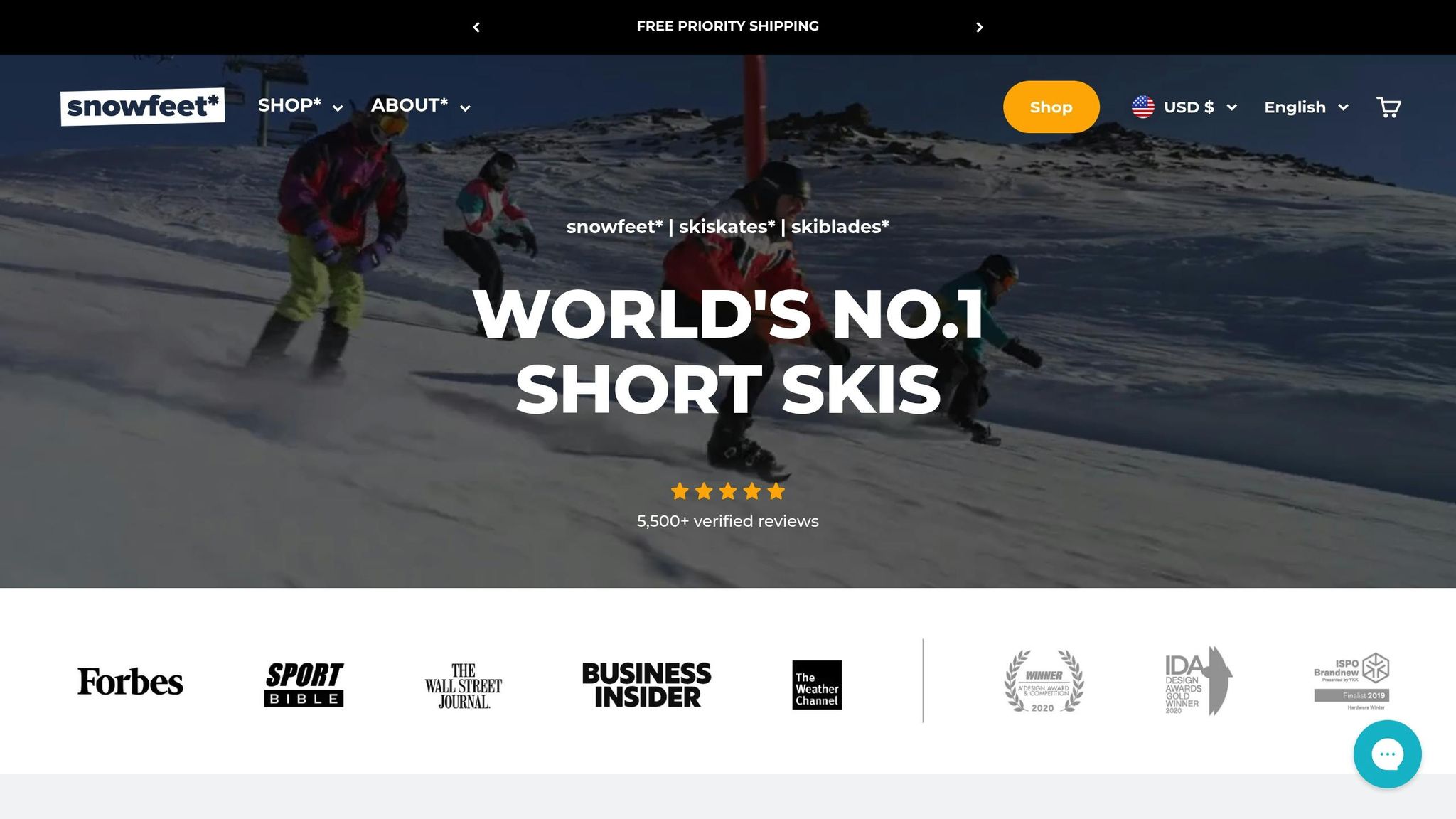
When it comes to freestyle skiing, the gear you use can make a huge difference. Traditional long skis and snowboards have been staples in winter sports for decades, but Snowfeet* short skis are shaking things up with their compact, agile design. Here's how they compare to conventional equipment in key areas that matter for freestyle enthusiasts.
Maneuverability and Control
Snowfeet* products are built for agility. While standard skis are over 67 inches (170 cm) long, Snowfeet* Skiblades are just 26 inches (65 cm), and their Skiskates are even shorter at 17 inches (44 cm). That smaller size translates to quicker responses and easier handling - perfect for spins, jumps, and navigating tight spots in terrain parks.
Traditional long skis often require wide, sweeping turns, which can feel limiting in freestyle settings. Snowfeet* short skis, on the other hand, allow for sharp, precise movements. Snowboards, while stable for big-air tricks, can be harder for beginners to make quick adjustments. Snowfeet* Skiskates strike a balance, offering the responsiveness of skis with a design that feels natural and easy to control.
Convenience and Portability
One of the biggest perks of Snowfeet* is their portability. Traditional gear often means hauling around roof racks or oversized bags. Snowfeet* short skis, however, are compact enough to toss in a backpack, making them ideal for quick trips to sledding hills, snowy trails, or even backcountry spots where bulky setups just aren't practical.
Another win for Snowfeet*? You don’t need specialized ski boots. Their Skiskates work with regular winter boots, saving you the hassle (and expense) of extra gear. This simplicity makes Snowfeet* a great option for anyone looking to hit the snow without a lot of prep.
Performance Across Different Terrains
Snowfeet* products deliver across all kinds of terrain. On groomed slopes, their lightweight design reduces fatigue and gives you instant feedback, helping you refine your technique with less effort.
In terrain parks, Snowfeet* Skiblades and Skiskates are a standout choice. Their compact size makes it easier to pull off quick spins and smooth transitions - key for nailing aerial tricks. Snowboards, in comparison, can feel a bit sluggish, especially for beginners trying to link tricks together. Snowfeet* gear offers a more intuitive feel, helping you progress faster.
When it comes to off-piste areas or powder, the story shifts slightly. Traditional long skis might float better in deep snow, but Snowfeet* short skis excel in variable conditions. Their maneuverability makes it easier to weave through trees, tackle moguls, and handle changing snow textures, giving you confidence to explore all kinds of terrain while building your freestyle skills.
Whether you're carving groomed runs, hitting park features, or venturing off the beaten path, Snowfeet* products deliver consistent performance. They’re a versatile option that can take your freestyle game to the next level.
sbb-itb-17ade95
Choosing the Right Snowfeet* Model for Freestyle Skiing
When it comes to freestyle skiing, picking the right Snowfeet* model can make all the difference in how you perform and progress. Each model is tailored for specific skill levels and riding styles, so knowing what each one offers will help you find the perfect fit for your freestyle goals.
What makes Snowfeet* stand out? Their wood core construction. This design gives you the responsiveness and durability you need for tricks, jumps, and smooth landings. Let’s dive into the options.
Snowfeet* Skiblades: Stability Meets Freestyle Tricks
The Snowfeet* Skiblades, measuring 26 inches (65 cm), are all about stability and precision. Priced from $450, these are perfect for carving and technical freestyle moves.
Their wood core construction offers a great balance of flex and feedback, so you stay in control during spins and landings. The 65 cm length strikes a nice balance - giving you speed without sacrificing quick directional changes.
If you love hitting terrain parks, these are a solid choice. The Skiblades excel at rail slides and box tricks, thanks to their shorter length, which reduces the chance of catching an edge. Plus, the extra surface area helps with stability when landing jumps or navigating uneven snow.
For skiers moving from basic turns to more advanced freestyle moves, Skiblades are a great next step. They’re compatible with standard ski and snowboard boots, making your setup simple and hassle-free.
Skiskates: Agility for Every Skill Level
The 44 cm Skiskates are Snowfeet’s most versatile option, starting at $390. These are designed for skiers who value agility above all else - whether you’re a beginner or a seasoned pro.
At 17 inches long, Skiskates are built for quick spins, tight turns, and fast transitions. Their compact size makes 360-degree spins feel natural, while the wood core construction absorbs impact from jumps and tricks. There’s no lag - what you think, they do.
Beginners will appreciate how Skiskates help develop balance and confidence. Advanced skiers love their ability to handle tight spaces in terrain parks or mogul fields. Whether you’re weaving through trees or tackling steep slopes, these are built for adaptability. Bonus: they’re super portable, fitting easily into a backpack for on-the-go adventures.
Mini Ski Skates: Compact and Budget-Friendly
For a lightweight, budget-friendly option, check out the Mini Ski Skates, available in two sizes: 15 inches (38 cm) starting at $150, and the 20-inch PRO model (50 cm) priced at $199.
The 15-inch Mini Ski Skates are ideal for casual freestyle fun and learning the basics. Their small size makes them forgiving for beginners, while their lightweight design keeps you going without tiring out. They’re perfect for backyard practice, small hills, or just getting the hang of short skis.
The 20-inch PRO model offers more stability and features adjustable bindings. It’s a great choice for intermediate skiers looking to step up their game without losing portability. Both models work with regular winter boots, making them an easy, low-commitment way to try freestyle skiing. And since they’re backpack-friendly, you can take them anywhere - from ski resorts to your local sledding hill.
| Model | Length | Price | Best For | Key Advantage |
|---|---|---|---|---|
| Mini Ski Skates (38 cm) | 15 inches | From $150 | Beginners, casual use | Portable, works with winter boots |
| Mini Ski Skates PRO (50 cm) | 20 inches | $199 | Intermediate progression | Adjustable bindings, more stability |
| Skiskates (44 cm) | 17 inches | From $390 | All skill levels, agility focus | Wood core, maximum maneuverability |
| Skiblades (65 cm) | 26 inches | From $450 | Advanced tricks, carving | Best stability, terrain park performance |
Whether you’re just starting out or looking to up your freestyle game, there’s a Snowfeet* model for you. Beginners and casual skiers will love the Mini Ski Skates for their ease and portability. If you’re aiming for agility and quick learning, Skiskates are a fantastic choice. And for those who want stability and performance in the terrain park, Skiblades are the way to go.
Once you’ve picked your model, you’re ready to hit the slopes with confidence and precision!
Pro Tips for Freestyle Tricks with Short Skis
Getting the hang of freestyle tricks using Snowfeet* products can make a world of difference in your control on the slopes. But having the right approach is key. These tips will help you build confidence, sharpen your skills, and stay safe while pulling off tricks.
Key Drills for Better Control
Mastering the basics is where it all starts. Here are a few drills that’ll set you up for freestyle success:
- Hockey Stop: Think of this as your go-to move for control. With Snowfeet*, it’s a breeze. Ski straight down a gentle slope, then quickly turn your skis perpendicular to your direction to stop. The shorter skis make this move feel natural since there’s less resistance. Practice until stopping becomes second nature.
- Braquage Drills: These are all about edge control. You’ll make quick, rhythmic turns down the slope while keeping your upper body steady and facing downhill. Short skis like the 17-inch Skiskates make it easy to switch edges quickly. Start slow, with small turns, and pick up the pace as you get the hang of it.
- Balance Training: Lift one ski off the ground while gently turning with the other. This strengthens your core and improves balance, which is essential for tricks like spins and jumps. Snowfeet*’s wood core construction gives you great feedback, helping you fine-tune your balance.
- Pivot Turns: Need to spin on a dime? Pivot turns are your answer. Plant your pole, pivot both skis around it, and keep your upper body stable. Short skis make this move much easier compared to traditional skis.
Once you’ve nailed these drills, you’re ready to take your skills to different terrains.
Best Terrain for Learning Freestyle Moves
Practicing on the right terrain can make all the difference in your progression. Here’s where to start:
- Groomed Slopes: These are perfect for building your foundation. Skiskates and Skiblades perform beautifully on smooth, predictable surfaces. Begin on green runs to work on carving and turning, then step it up to blue runs as you gain confidence.
- Terrain Parks: Once you’ve got the basics down, head to the park. Short skis are agile, making rails, boxes, and small jumps feel much more approachable. Skiblades, with their 26-inch length, strike a great balance between stability for landings and quick responsiveness for tricks.
- Mogul Fields: Moguls might seem tough, but they’re actually great for short skis. Their tight turns are a perfect match for the agility of Snowfeet*. Start with smaller moguls and gradually tackle bigger ones as your skills improve.
- Flat Terrain and Gentle Hills: For Snowfeet Mini Ski Skates, stick to flat areas or small hills when you’re starting out. These spots are ideal for practicing basic moves and building confidence without the added challenge of steep slopes.
- Tree Runs and Technical Terrain: Once you’re comfortable, try tree runs or more technical areas. Short skis make navigating tight spaces much easier than traditional skis. Just remember to ski with a buddy and know your limits.
Keeping Your Snowfeet* Gear in Top Shape
Taking care of your gear ensures it performs well and lasts longer. Here’s how to keep everything in great condition:
- Wax Regularly: Apply all-temperature wax every 5–7 days of use, or whenever the base looks dry or white. This keeps the wood core responsive and ready for tricks.
- Clean After Each Session: Wipe down your skis with a damp cloth to remove salt and debris. Pay extra attention to the bindings to keep them functioning smoothly.
- Strap Maintenance: Check your straps often, especially if you’re hitting rails or boxes. Replacement straps are affordable at $6 and easy to swap out.
- Store Properly: Keep your gear in a dry place. Avoid leaving it in hot cars or near heat sources, as this can damage the wood core and bindings. A ski bag is a simple way to protect your equipment during transport and storage.
- Edge Tuning: Sharp edges are a must for freestyle skiing. Use an edge tool at home for basic tuning, but take your skis to a shop every 15–20 days of use for a professional tune-up.
- Binding Checks: Before each session, ensure screws are tight and the release mechanism works properly. The compact design of Snowfeet* bindings means they take more stress, so regular inspection is crucial for safety.
With these tips, you’ll be ready to tackle freestyle tricks and enjoy your time on the slopes with confidence! 🏂
Start Your Freestyle Journey with Snowfeet*
Freestyle skiing doesn’t have to take years to learn. With Snowfeet* short skis, anyone can jump into the action - whether you’re a total beginner or someone eager to try new tricks.
The biggest perk of starting with Snowfeet*? Confidence comes fast. Unlike traditional bulky ski gear, Snowfeet* are super responsive, giving you better control and making it easier to focus on your technique. Their agility lets you pivot quickly and make adjustments on the fly, which means tricks feel way more doable. Plus, this quick adaptability helps you figure out what kind of gear suits you best as you progress.
For beginners, the Snowfeet* PRO (50 cm, about 20 inches) is a fantastic choice. Priced at $199, it offers a great mix of stability and agility. Its longer length compared to the original 38 cm (roughly 15 inches) version makes balancing, turning, and stopping smoother. The upgraded base design with metal edges helps you carve and initiate turns with ease, while the added length makes landings in snow parks softer - perfect for trying jumps and tricks.
But Snowfeet* aren’t just about performance - they’re also incredibly versatile. Unlike traditional skis that often keep you confined to groomed runs, these short skis let you explore more. Tree runs, mogul fields, terrain parks, or even your own snowy backyard become your playground. And because you don’t need pricey resort trips to practice, they’re a game-changer for anyone looking to improve their skills without breaking the bank.
Another huge bonus? Snowfeet* work with any winter shoes or snowboard boots, fitting US sizes 6–13. No need for specialized, expensive ski boots. Plus, their compact size means you can toss them in a backpack and take them anywhere - just find a snowy hill, and you’re good to go.
For beginners, the learning curve is much easier. The forgiving design minimizes the chances of catching an edge or losing control, so you can build skills faster without feeling overwhelmed. Advanced skiers, on the other hand, love the creative freedom Snowfeet* offer, making tricks and air grabs feel smooth and natural.
Every Snowfeet* model is designed to grow with your freestyle skills, helping you push boundaries while keeping things fun and accessible.
Starting your freestyle journey with Snowfeet* isn’t just about learning a sport - it’s about embracing a fresh, playful take on snow adventures. Sometimes, smaller gear really does mean bigger fun on the mountain. 😊
FAQs
Why are short skis like Snowfeet Skiblades better for freestyle skiing compared to traditional long skis?
Short skis, like Snowfeet Skiblades, bring a fresh twist to freestyle skiing. They’re lightweight, super responsive, and ridiculously easy to control. With their compact size (usually 65-120 cm), they let you pull off quicker turns, sharper maneuvers, and agile tricks like spins and jumps with ease. This makes them a great choice for beginners while still giving advanced skiers the precision they need to nail technical moves.
On the other hand, traditional long skis (ranging from 150-200+ cm) are designed for speed and stability. While great for open slopes, they can feel bulky and harder to manage in tight spaces or during rapid movements. Snowfeet Skiblades, however, shine in playful, dynamic skiing. They’re perfect for experimenting with freestyle tricks without the weight or stiffness of longer skis holding you back. And let’s not forget - they’re portable and versatile, making them an awesome option for anyone looking to add more fun to their time on the slopes.
What’s the difference between Snowfeet Skiblades, Skiskates, and Mini Ski Skates, and which one is best for my skill level?
Snowfeet offers a range of gear to suit different skiing styles and skill levels. Let’s break it down:
Skiblades are built from tough fiberglass-reinforced plastic, making them perfect for sharp, quick turns. They’re a go-to for freestyle tricks and smooth, confident maneuvering.
Skiskates bring a more traditional skiing vibe. Made with materials similar to skis, they pair up with ski or snowboard boots, offering versatility and a classic feel.
Mini Ski Skates are the most compact option, starting at just 44 cm in length. They’re incredibly portable and provide excellent control, making them a great pick for beginners or anyone seeking maximum agility.
If you’re just starting out, shorter options like Mini Ski Skates or Skiblades are easier to manage and help you get comfortable quickly. For seasoned skiers, Skiskates strike a nice balance between control and a traditional skiing experience, especially on varied terrain.
What makes Snowfeet gear shine? It’s all about being lightweight, durable, and easy to use - perfect for freestyle skiing without the hassle of lugging around full-sized skis or snowboards.
What are the best tips for maintaining Snowfeet short skis for freestyle skiing?
To keep your Snowfeet short skis performing their best for freestyle skiing, you’ll want to give them a little TLC. Wax them every 4–6 outings to keep the glide smooth and protect the base from wear. If the edges start feeling dull - especially if you’re hitting icy slopes - it’s time to sharpen them. This will give you better grip and control where it matters most.
When the season wraps up, apply a layer of protective wax to prevent the bases from drying out. Store your skis in a cool, dry spot to keep them in great shape. For edge tuning, you can use a ski tuner at home if you’re feeling handy, or let a pro handle it for spot-on adjustments. A little regular care goes a long way in keeping your Snowfeet short skis ready for action!

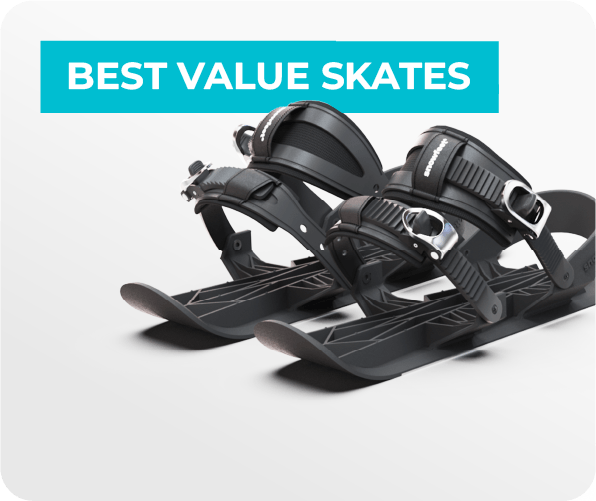



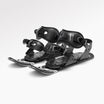
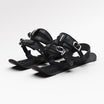
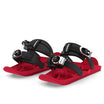
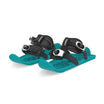

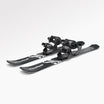

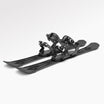
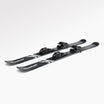






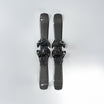
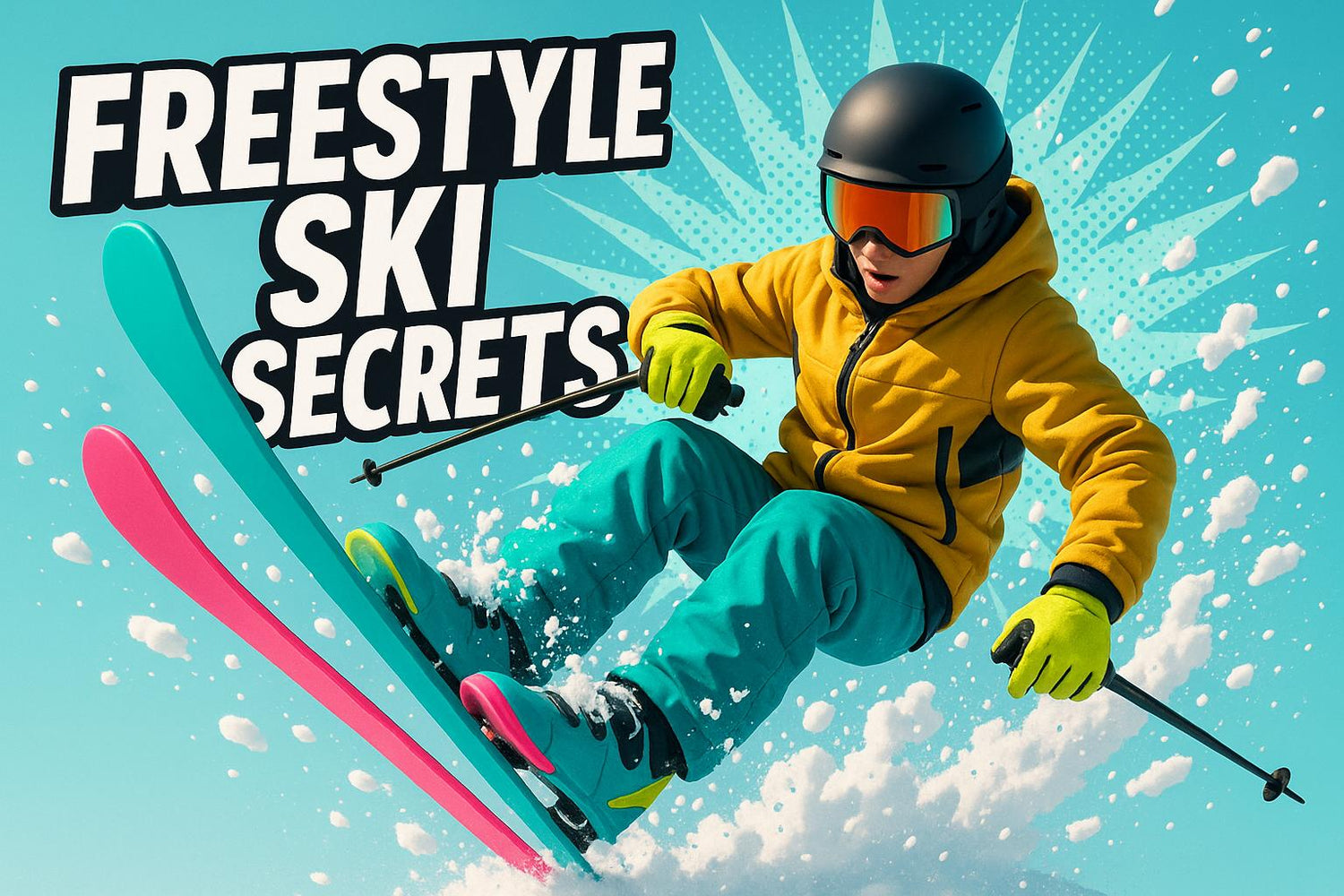
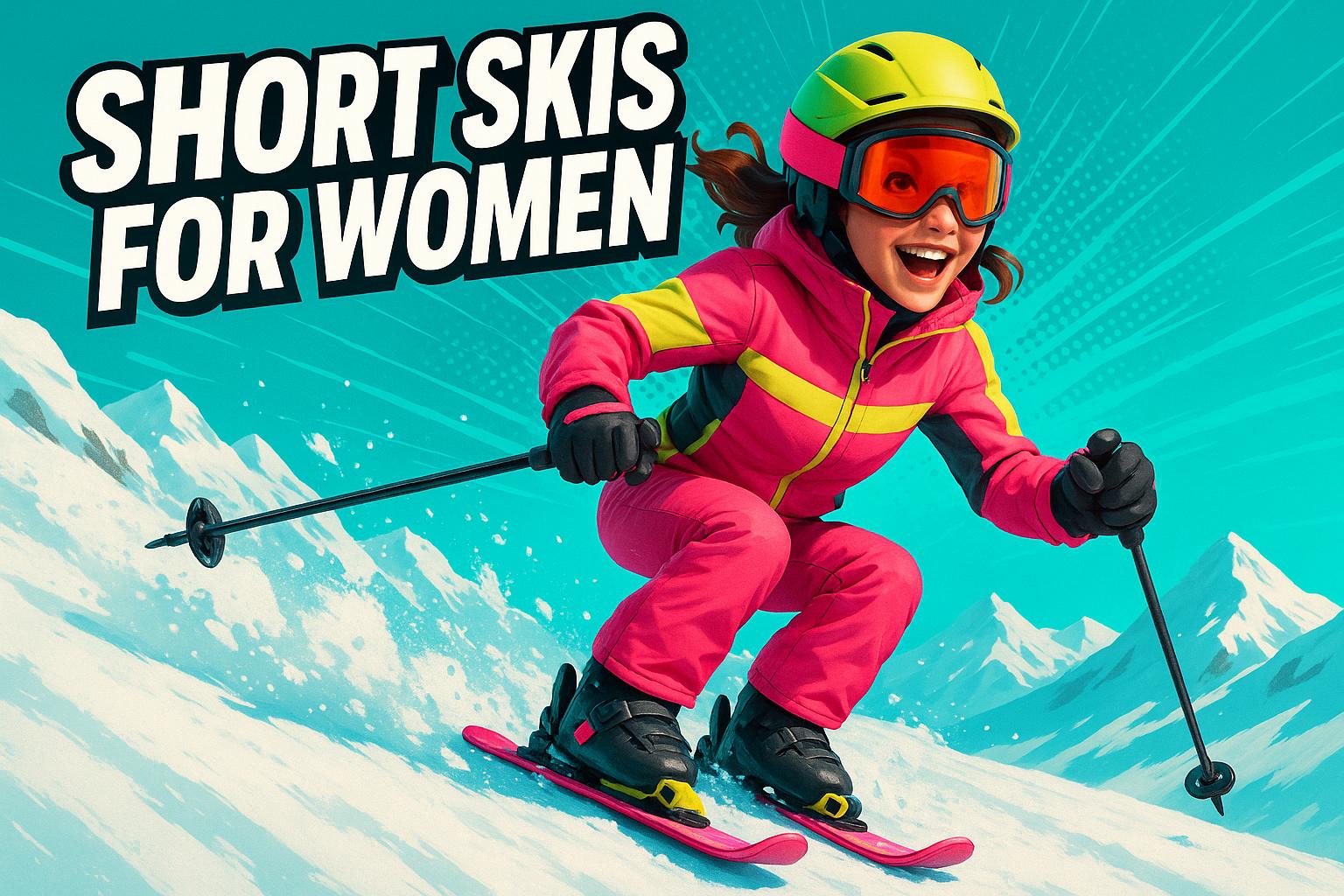
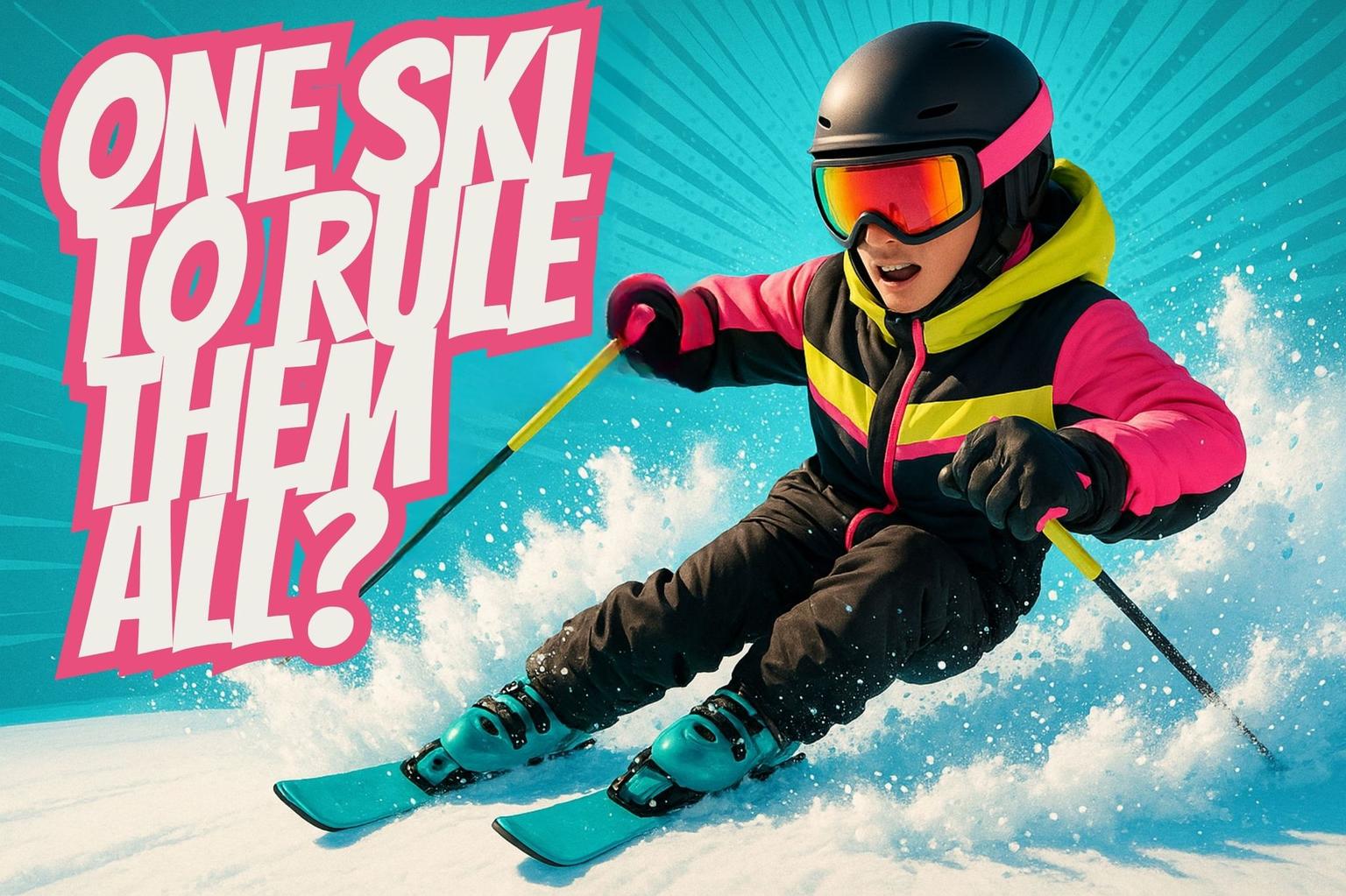
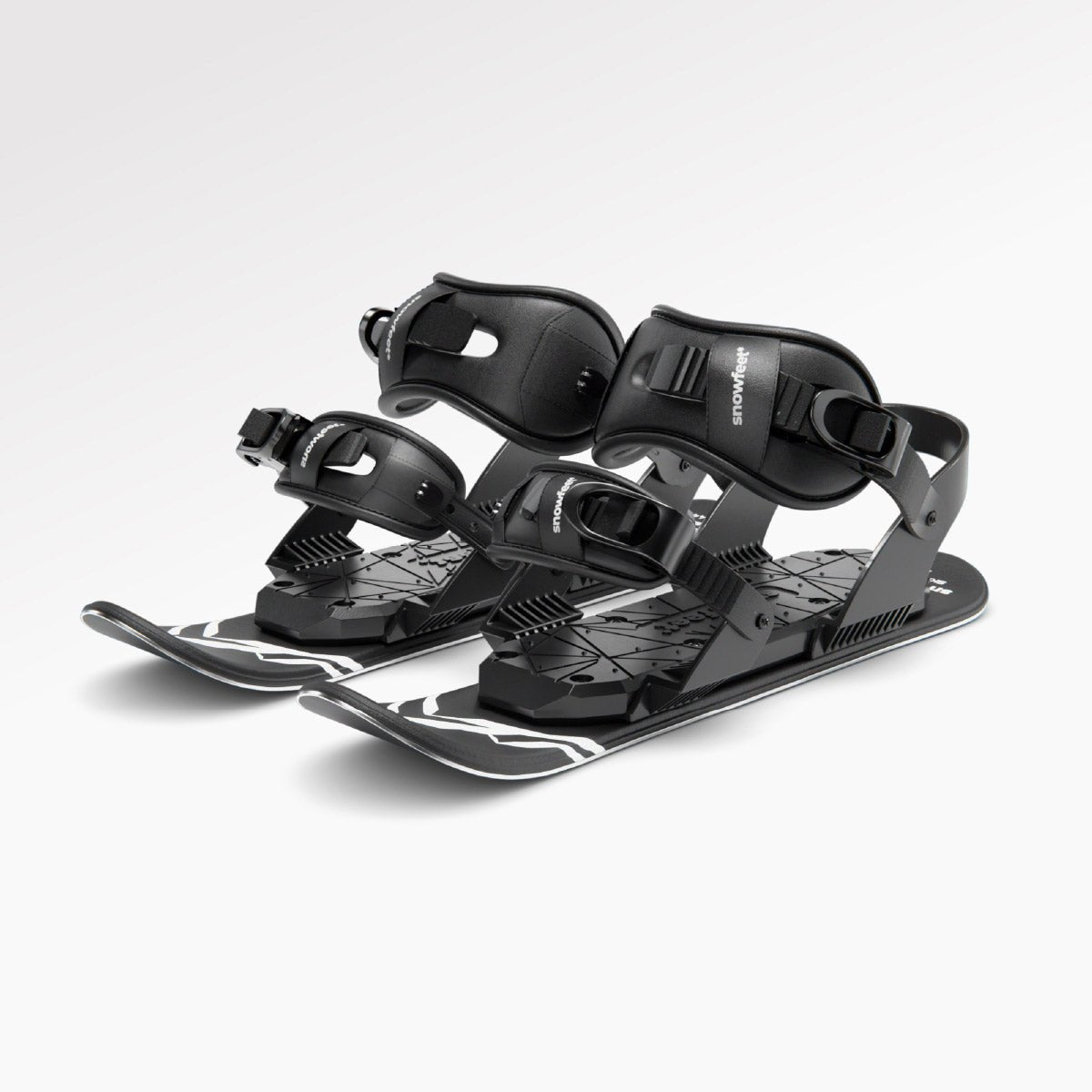
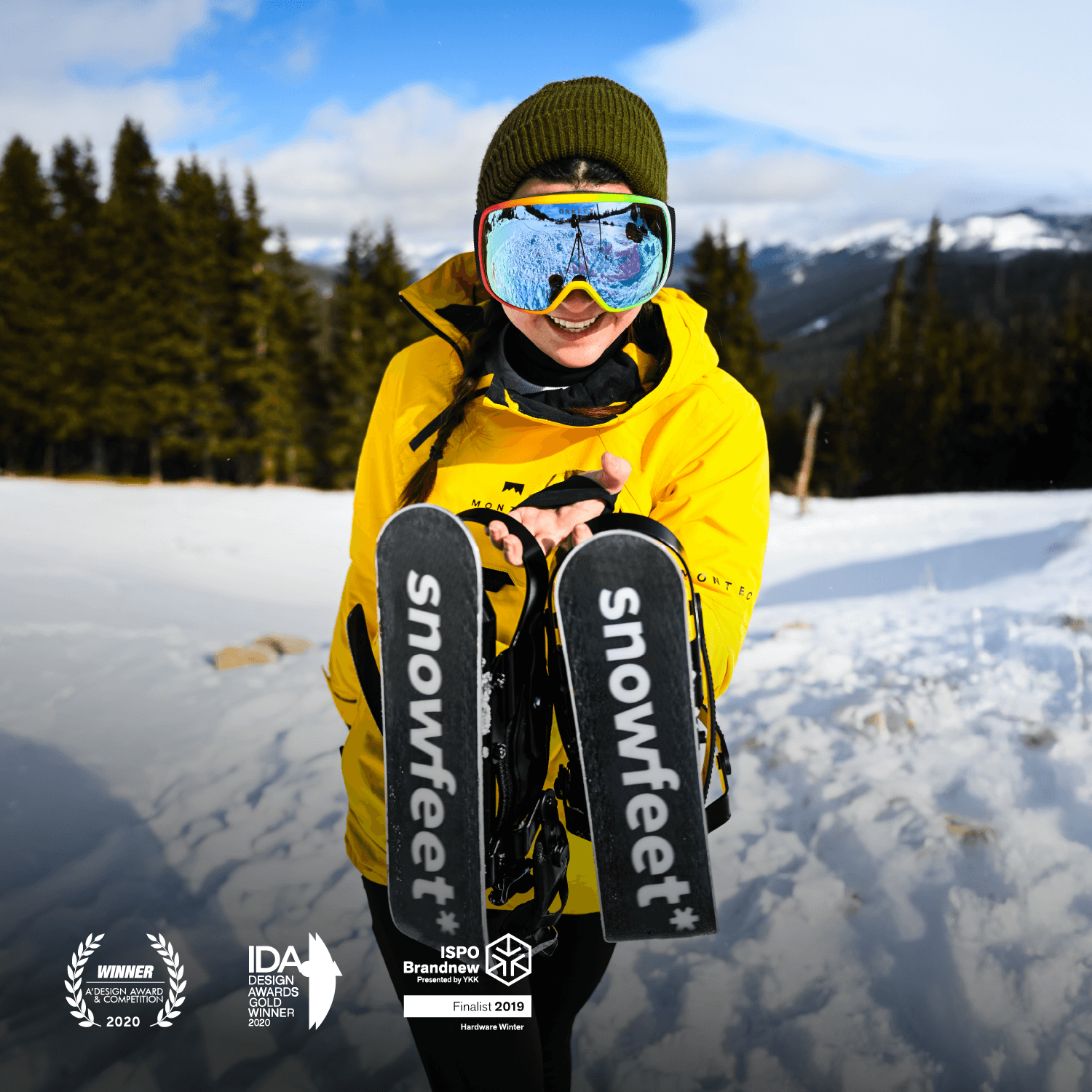
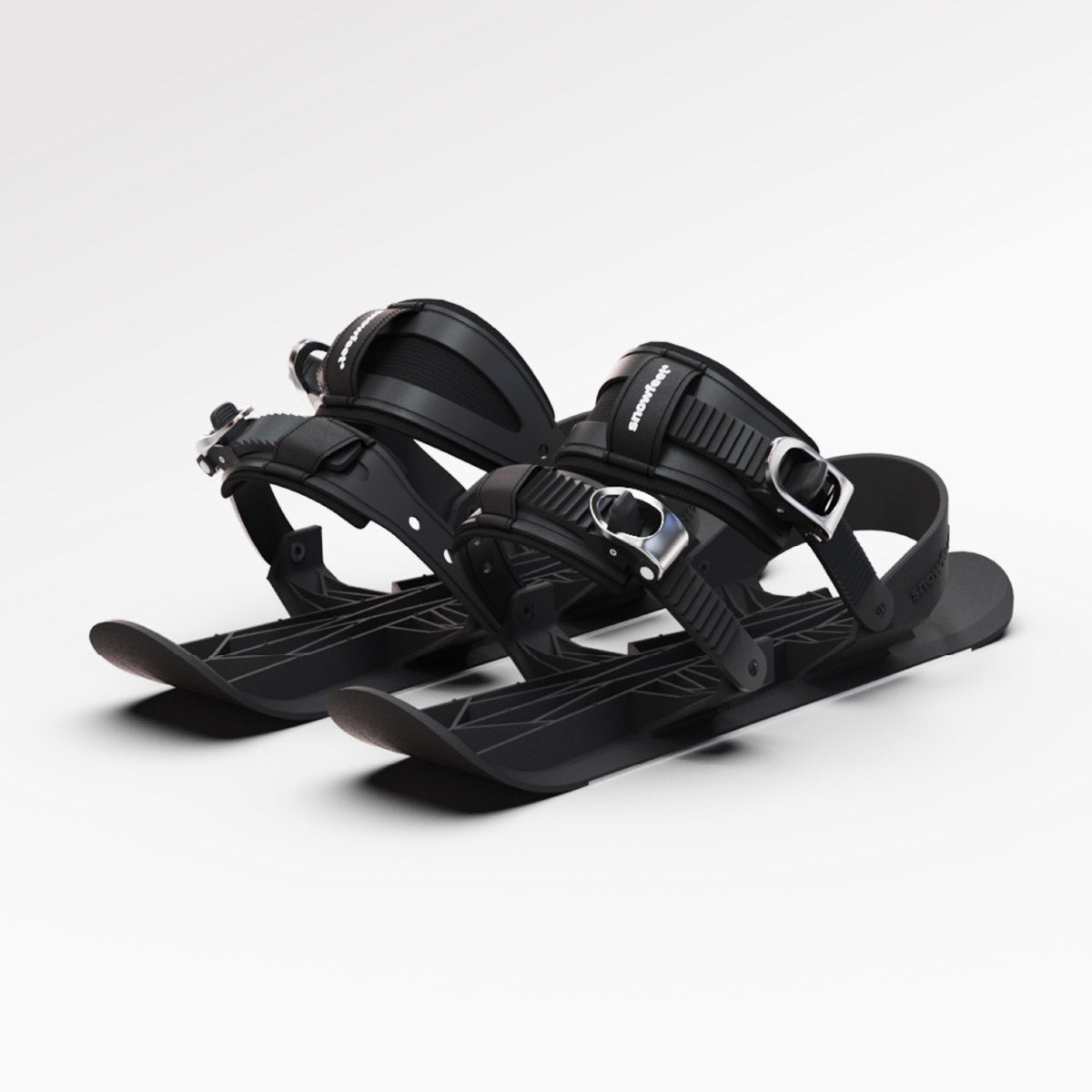

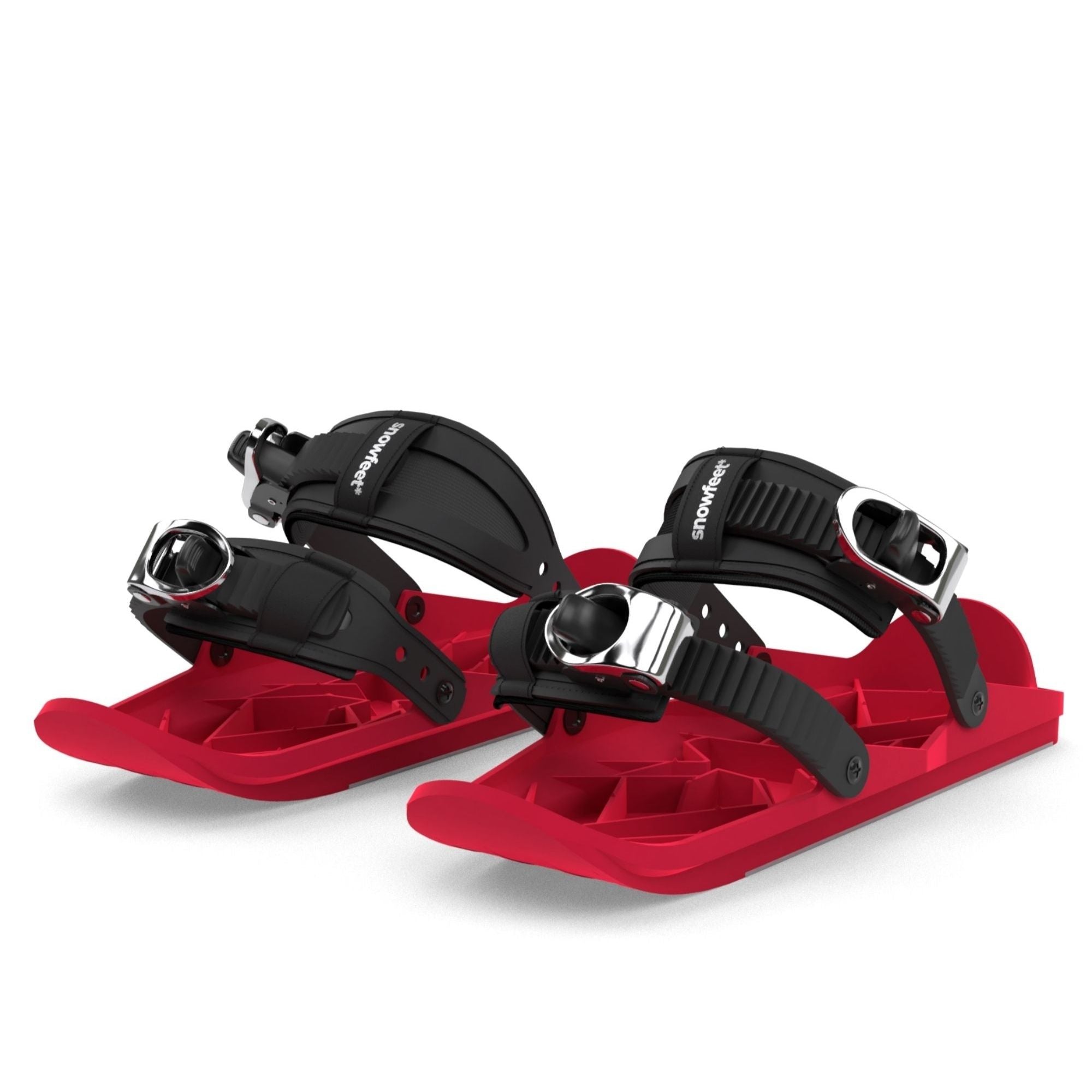
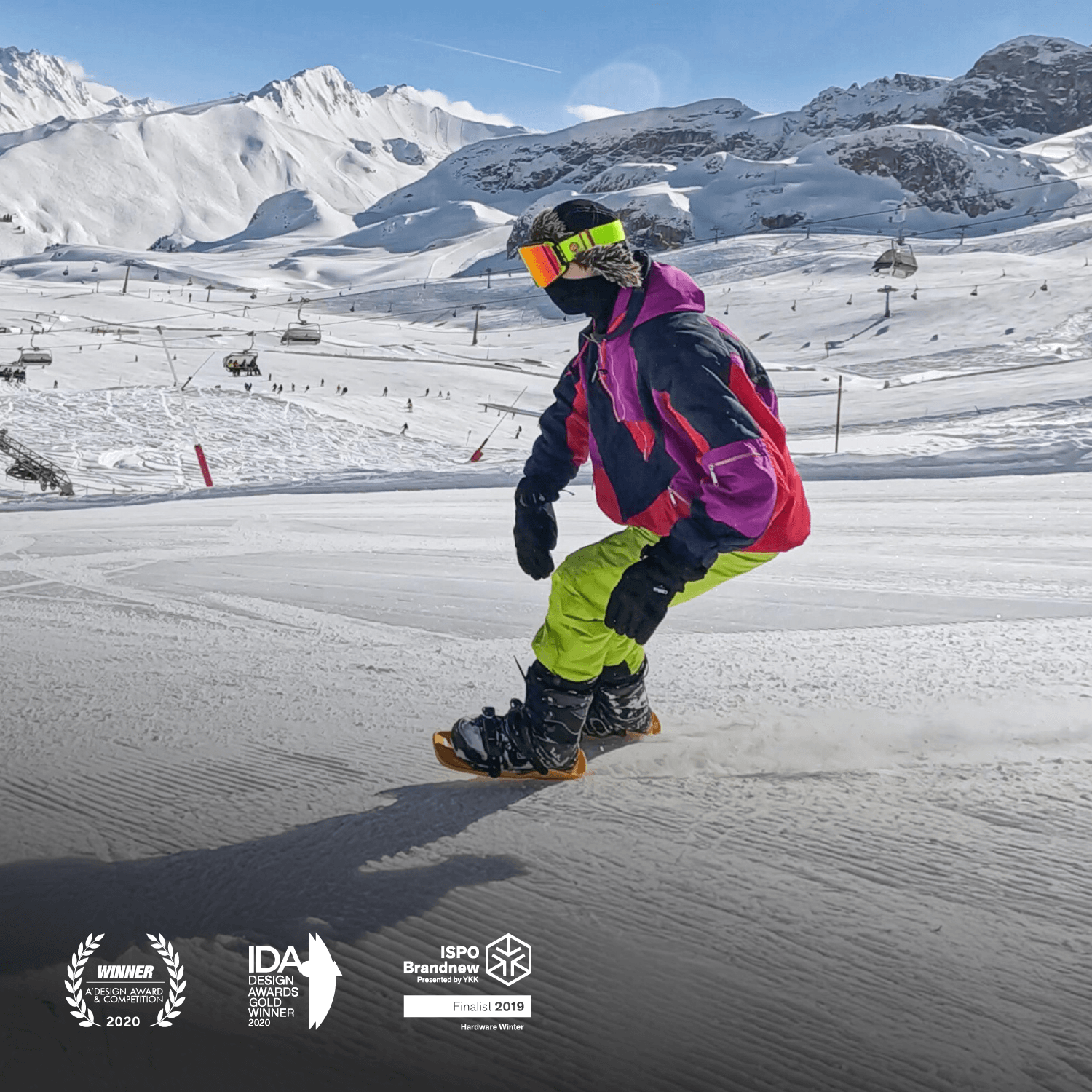


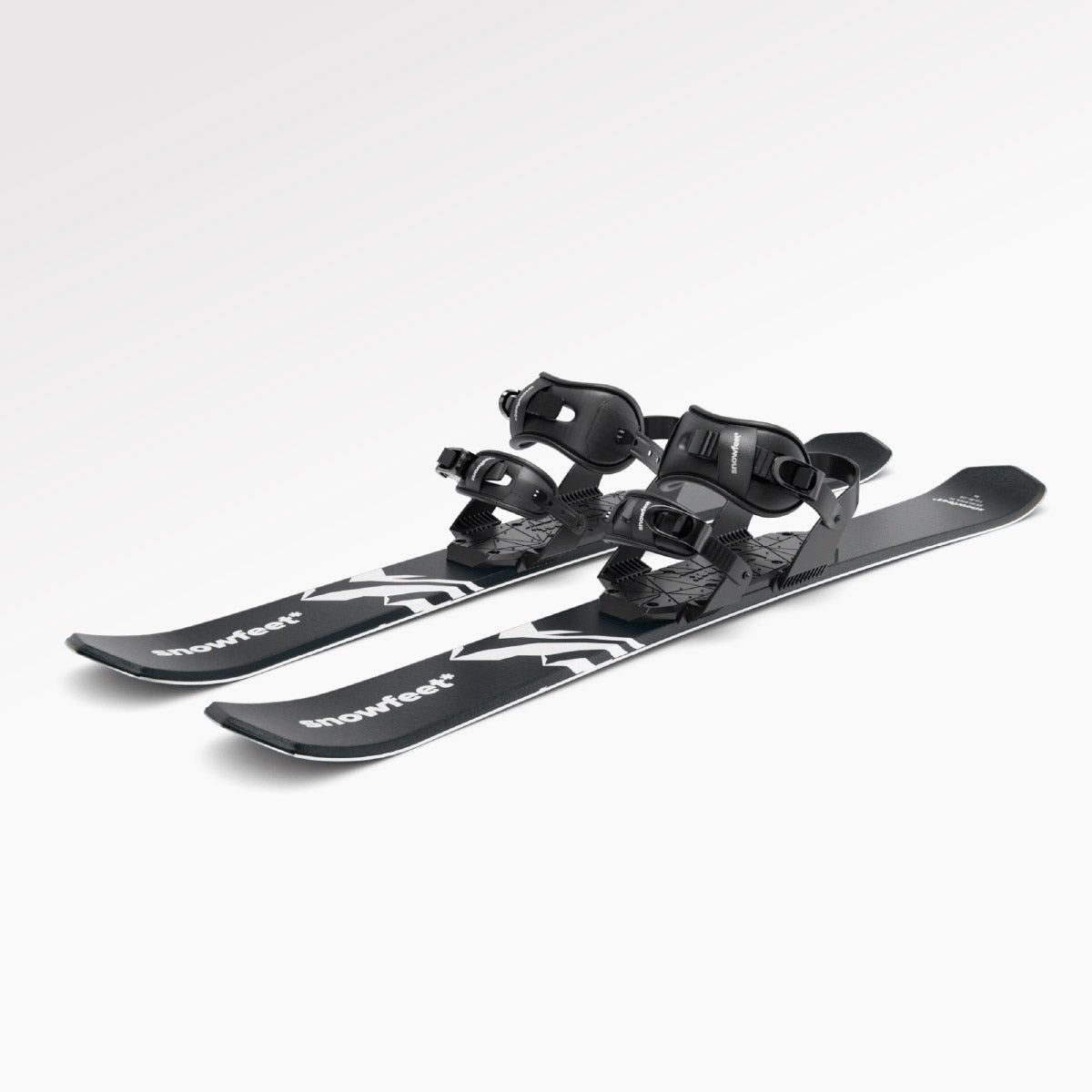
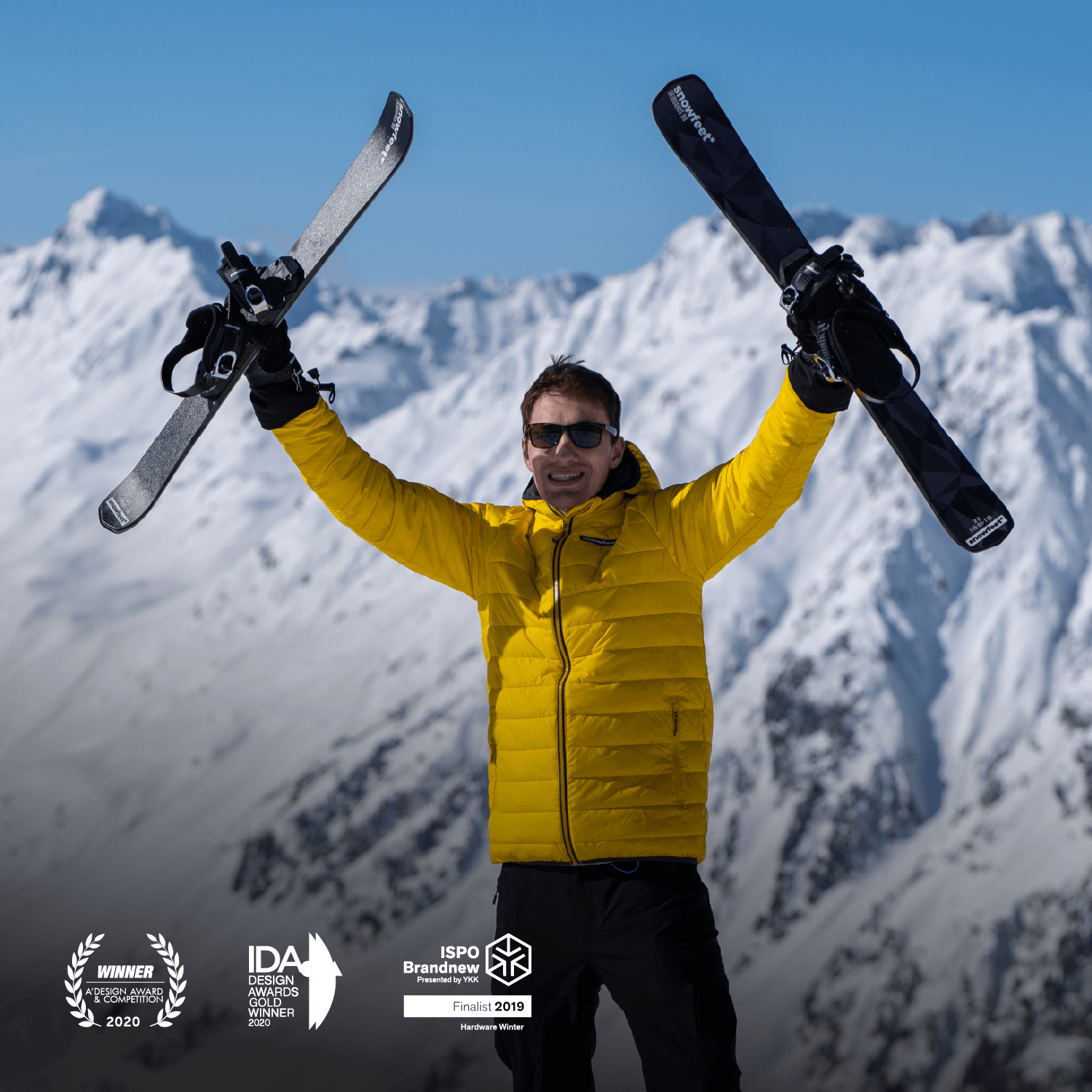
Leave a comment
This site is protected by hCaptcha and the hCaptcha Privacy Policy and Terms of Service apply.